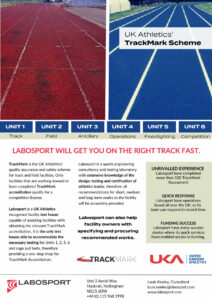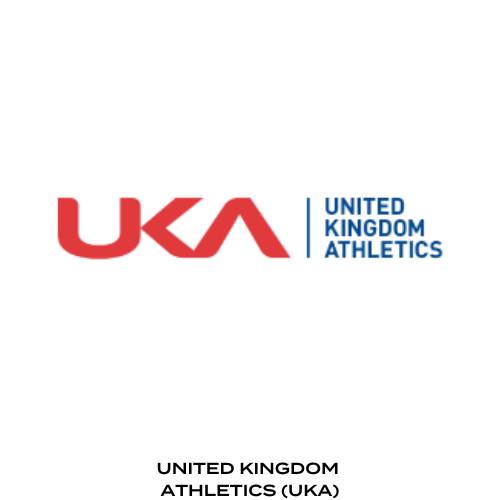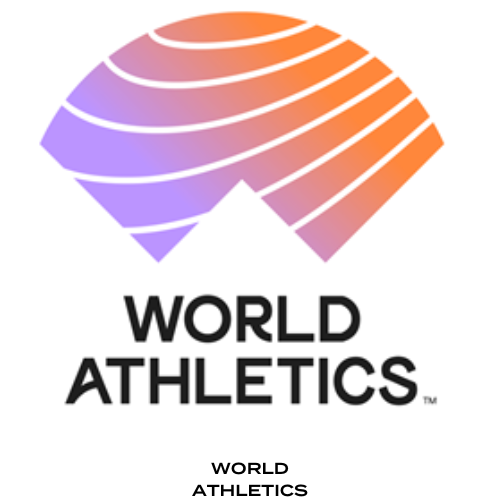
Testing athletics tracks is important for several reasons. It ensures that the track is safe for athletes to use, reducing the risk of injuries from slips, falls, or other accidents. It also helps maintain consistent performance, which is critical for professional athletics competitions. Regular testing can help identify issues early.
The durability and sustainability of the athletics track depends on the construction, materials, installation and maintenance. Labosport helps with new track construction, renovations, extensions, and conversions from cinder to all-weather surfaces. We provide material identification, safety and performance tests, technical audits and diagnosis, and final track certification. We can advise you at the key stages of your new-build or your renovation project to ensure full compliance at the completion of different stages.
There are different ways to test an athletics track, but some of the most common methods include:
Surface Hardness Testing
This involves using a specialized instrument to measure the hardness of the track surface. Surface hardness testing helps ensure that the surface is not too hard or too soft, which can impact performance and safety.
Surface Evenness Testing
This involves using a specialized instrument to measure the evenness of the surface. Surface evenness testing helps ensure that the surface is level and free from any undulations that could impact performance or safety.
Friction Testing
This involves measuring the amount of friction that a runner experiences when moving across the surface. Friction testing helps ensure that the surface provides adequate traction and reduces the risk of slips and falls.
Energy Restitution Testing
This involves measuring the amount of energy that is returned to a runner during each stride. Energy restitution testing helps ensure that the surface is consistent and predictable, allowing athletes to optimize their performance.
NORMS AND STANDARDS
The governing body for athletics track at the international level is the International Association of Athletics Federations (IAAF), which was founded in 1912. The IAAF is responsible for setting the rules and regulations for athletics track events, as well as organizing major international competitions such as the World Championships in Athletics and the Olympic Games.
At the national level, each country typically has its own athletics federation or governing body that is responsible for organizing and promoting the sport within that country. Some examples of national athletics federations include USA Track & Field (USATF) in the United States, Athletics Canada, and the British Athletics Federation.
Like any sports facility, a synthetic track, as well as having a suitably constructed sub-base, has to comply with the existing norms. Your facility may fall under one of the following standards:
World Athletic: Performance specification for synthetic surfaces
EN 14877: Synthetic surfaces for outdoor sports Areas – Specification
ASTM F2157-09: Standard Specification for Synthetic Surfaced Running Tracks
—
About Athletics
Athletics is the sport of competitive running, jumping, and throwing events that are held on an outdoor track. The track is typically an oval-shaped field with marked lanes for the various running events and areas for the other field events. The track is usually made of a synthetic surface, such as rubber or polyurethane, which provides good traction and reduce impact on the athletes’ bodies. Track events include short, middle and long-distance running and hurdle races. Other events include the long jump, high jump, triple jump, shot put, discus throw, javelin throw, and hammer throw.










